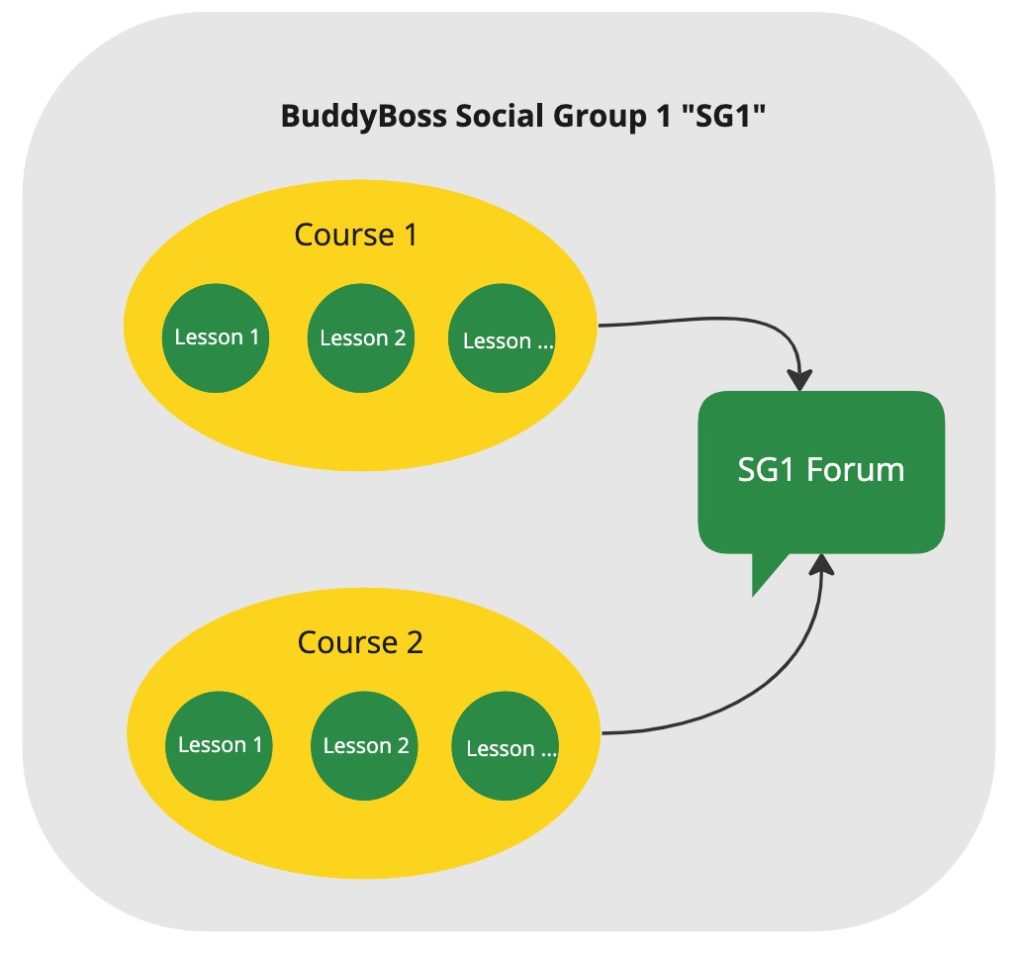Our website uses BuddyBoss with LearnDash for online learning and full scale social networking features
FAQ Users | Admins | Networking | Suggest (a question)
FAQ for Users

Each course may contain multiple lessons, and each course may belong to a Social Group. Belonging to a social group, enables you to interact with others, including posting to a Discussion Forum.


As things occur inside a group, the additions or changes are posted to the activity feed. Click to see the Activity Feed for the Planning Broadband Ecosystems Group.
FAQ for Admins
If you are an administrator, go here for help.
The screenshot below shows that “Strategy Discussion” is a private forum, and it has a sub forum called “change log.”


FAQ for Networking
Althea
A peer-to-peer routing and machine billing protocol
Althea L1
A micropayment-specialized blockchain network
Whitepaper v2.0 Apr 2024 (Download)
Justin Kilpatrick, Jehan Tremback, Deborah Simpier, Christian Borst
{justin, jehan, deborah, christian}@althea.net
Abstract
In the seven years since the original Althea whitepaper was published, the Althea networking
and billing protocol has been developed and iterated, and it is now used to provide commercial
home internet around the world. This updated paper seeks to place the present state of the
Althea network protocol in context with new developments. Specifically, Althea L1 as a
blockchain platform specifically tuned, but not exclusively for, micropayments generated by
routers running the Althea networking and billing protocol.
The Babel routing protocol, more commonly known as B.A.T.M.A.N. (Better Approach To Mobile Adhoc Networking), is a routing protocol for multi-hop mobile ad hoc networks which are often utilized in mesh networks. Rather than using a traditional routing table of fixed routes, the B.A.T.M.A.N. protocol continuously determines the best way to forward data packets to their destination based on a decentralized link-quality algorithm. This method allows each node in the network to independently find the most efficient route by analyzing the data traffic it observes.
Each node maintains information on the best next hop towards every other node, rather than trying to determine the full route. Through the exchange of information contained in OGM (Originator Message) packets that every node broadcasts, nodes monitor the quality of links and decide on the most reliable next hops based on the data they receive. The B.A.T.M.A.N. protocol is particularly effective in dynamic environments where network topology frequently changes, making it suitable for mobile devices and disaster recovery communications.

The Border Gateway Protocol (BGP) is a protocol used to manage how packets are routed across the internet through the exchange of routing and reachability information among edge routers. BGP is classified as a path vector protocol, which is a type of distance vector routing protocol. It enables the internet to function by making routing decisions that route data and information efficiently from one part of the internet to another.
Here’s a breakdown of how BGP, specifically as a path vector protocol, operates:
- Path Vector Mechanics: Unlike traditional distance vector protocols that only send information about distance metrics or hop counts to neighboring nodes, BGP conveys full paths (lists of ASes or Autonomous Systems that the routing information has passed through). This method helps in avoiding routing loops and makes routing decisions more robust and reliable.
- Routing Information Exchange: BGP routers (or speakers) establish a TCP connection with each other for a reliable exchange of routing information. Once the connection is established, BGP speakers exchange full routing tables initially and thereafter only exchange incremental updates.
- Decision Process: BGP uses several attributes, including AS path, origin, next hop, and others, to make sophisticated routing decisions. The protocol uses its Path Attributes to decide the most favorable route to a network that offers the best path according to its policies.
- Policies and Customization: BGP is highly customizable, allowing network administrators to influence the route selection process based on policies. These policies can be based on path attributes like the length of the AS path, policy rules, or traffic agreements.
- Scalability and Performance: Given its crucial role in the functioning of the internet, BGP is designed to be extremely scalable and can handle thousands of routes. The ability to filter and manipulate routes according to administrative policies allows it to effectively manage the complex and diverse routing needs of the global internet.
BGP’s design as a path vector protocol is essential in maintaining a stable, scalable, and efficient routing framework for the internet, facilitating data transfer across different networks and ISPs efficiently and reliably.


